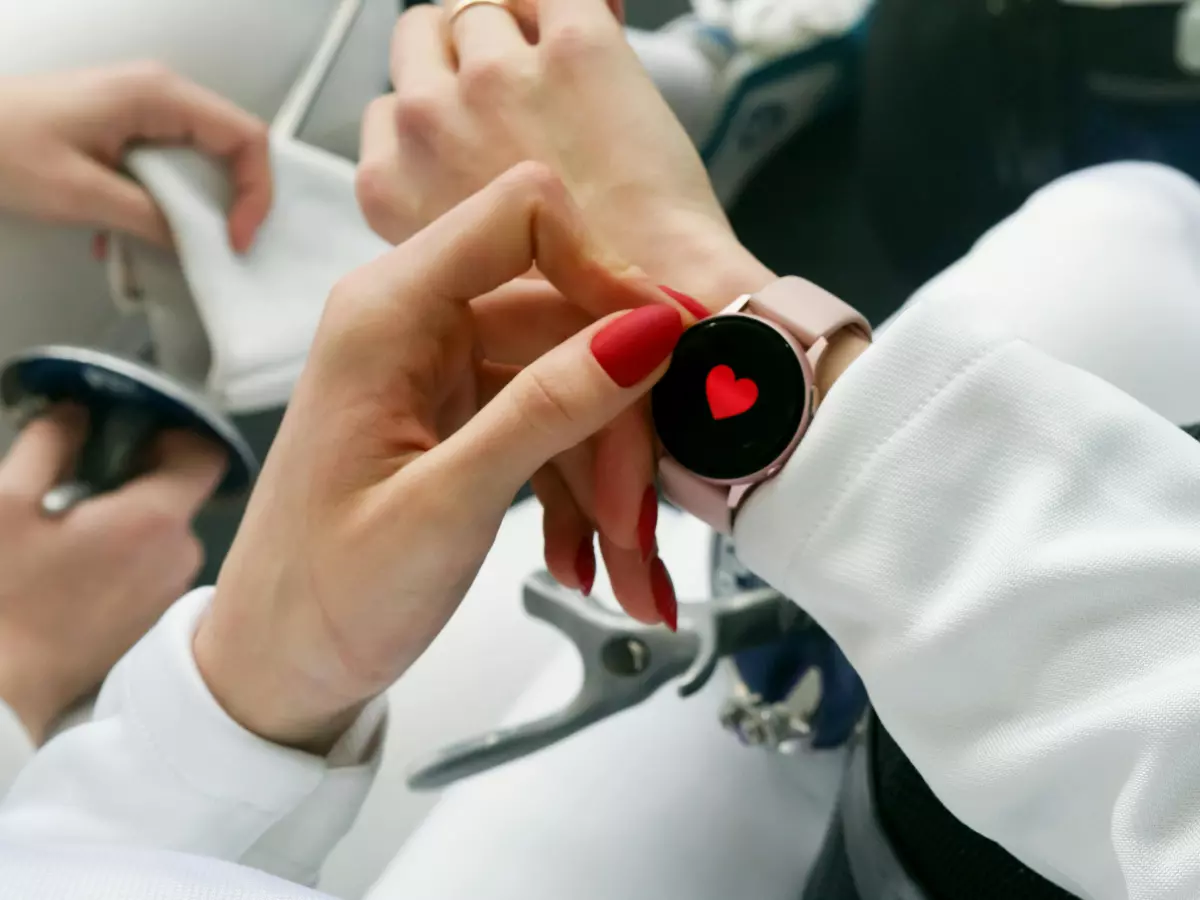More Than Meets the Eye
I remember the first time I strapped on a fitness tracker, excited to monitor my every move. But after a few days, I noticed something strange—my battery was draining faster than I expected. I blamed the sensors, but as it turns out, there was more to the story.

By Carlos Martinez
Wearables are packed with sensors—heart rate monitors, accelerometers, gyroscopes, and more. These tiny components are responsible for collecting data that powers everything from step counting to sleep tracking. But if you're like me, you've probably wondered: why does your wearable's battery drain so quickly? Is it really the sensors that are the culprits?
At first glance, it makes sense to blame the sensors. After all, they're constantly working to gather data. But here's the twist: while sensors do consume power, they're not the primary reason your wearable's battery life is shorter than you'd like. The real issue lies in something far less obvious—software integration and data processing.
Let's break it down. When your wearable collects data, it's not just storing it for later. That data needs to be processed, analyzed, and sometimes even sent to your smartphone or the cloud. This is where the magic—and the battery drain—happens. The software that powers your wearable is doing a lot of heavy lifting behind the scenes, and that requires energy.
So, What's Really Draining Your Battery?
Think of your wearable like a tiny computer. The sensors are like the keyboard and mouse—they collect input. But the real work happens in the processor and software. Every time your wearable analyzes your heart rate, calculates your steps, or predicts your next workout, it's using processing power. And that processing power? It needs juice.
Now, don't get me wrong—sensors do use battery life. But modern sensors are designed to be incredibly efficient. They can gather data with minimal power consumption. The real battery hog is the software that interprets that data. Every time your wearable syncs with your phone, updates your health stats, or runs an algorithm to predict your next move, it's burning through battery life.
And here's the kicker: the more advanced your wearable's features, the more battery it will use. Devices that offer real-time health monitoring, GPS tracking, and AI-driven insights require more processing power, which in turn drains the battery faster. So, while sensors play a role, it's the software integration and data processing that are the real culprits.
Can Software Save the Day?
Now that we've identified the problem, let's talk solutions. Can software also be the hero in this story? The short answer is yes. While software is responsible for much of the battery drain, it's also the key to improving battery life.
One of the most exciting developments in wearable tech is the use of AI and machine learning to optimize battery performance. By analyzing usage patterns, AI can predict when you're most likely to use certain features and adjust power consumption accordingly. For example, if your wearable knows you typically go for a run in the morning, it can prioritize battery power for GPS and heart rate monitoring during that time, while conserving energy during periods of inactivity.
Another way software can help is through more efficient data processing. Instead of constantly sending data to your smartphone or the cloud, some wearables are now capable of processing data locally. This reduces the need for constant communication with external devices, which can significantly extend battery life.
Finally, software updates can also play a role in improving battery performance. Manufacturers are constantly fine-tuning their algorithms to make data processing more efficient. So, if you're noticing that your wearable's battery life isn't what it used to be, it might be worth checking for a software update.
Are Sensors Getting Smarter?
While software plays a huge role in battery life, we can't ignore the fact that sensors themselves are getting smarter. Newer sensors are designed to be more energy-efficient, and some even have built-in power-saving features. For example, some wearables now use optical sensors that can adjust their sampling rate based on your activity level. If you're sitting still, the sensor might take fewer readings, conserving battery life.
Additionally, some wearables are experimenting with energy-harvesting sensors. These sensors can actually generate small amounts of power from your body heat or movement, helping to extend battery life even further. While this technology is still in its early stages, it's an exciting glimpse into the future of wearables.
So, What's the Bottom Line?
At the end of the day, the sensors in your wearable aren't the main reason your battery drains so quickly. While they do consume power, the real issue lies in the software that processes and analyzes the data they collect. The good news is that software is also the key to improving battery life, with AI, machine learning, and more efficient data processing leading the charge.
So, the next time you're frustrated with your wearable's battery life, don't just blame the sensors. Take a closer look at the software running behind the scenes—because that's where the real action is happening.
And who knows? With the rapid pace of innovation in both sensors and software, we might soon see wearables that can last for weeks on a single charge. Now, wouldn't that be something?




